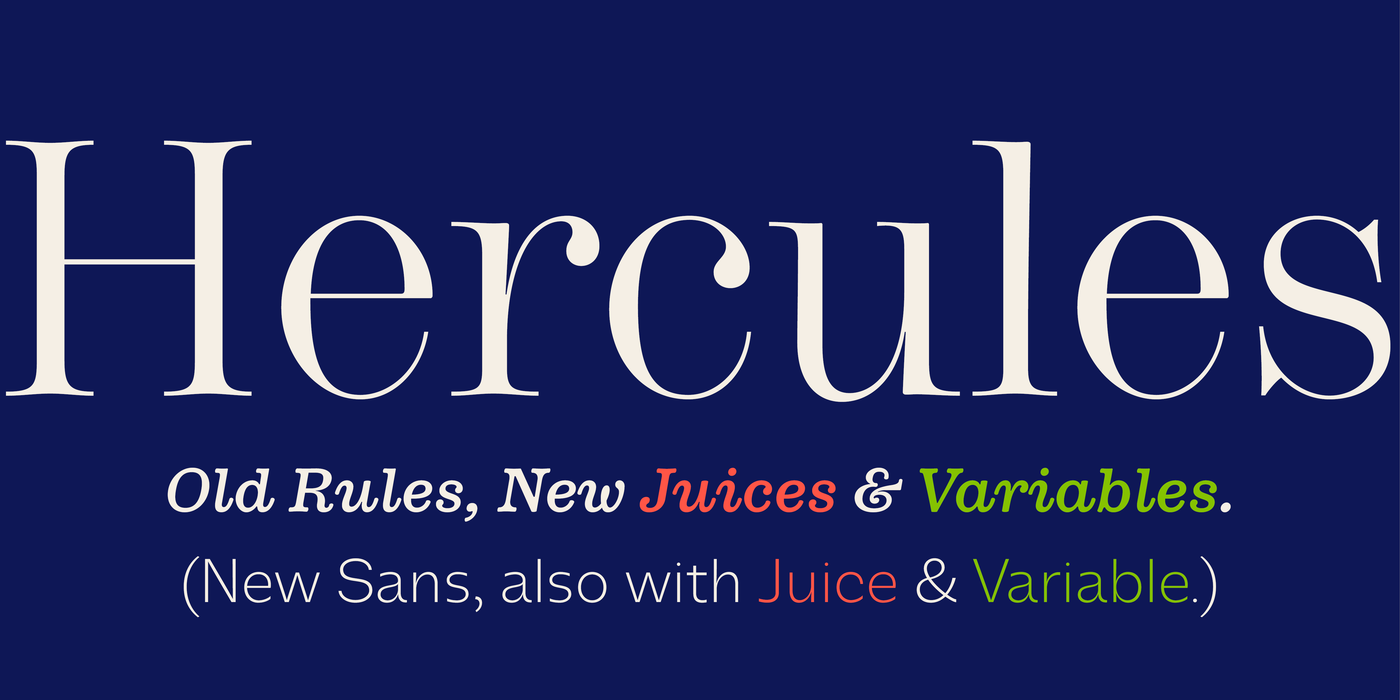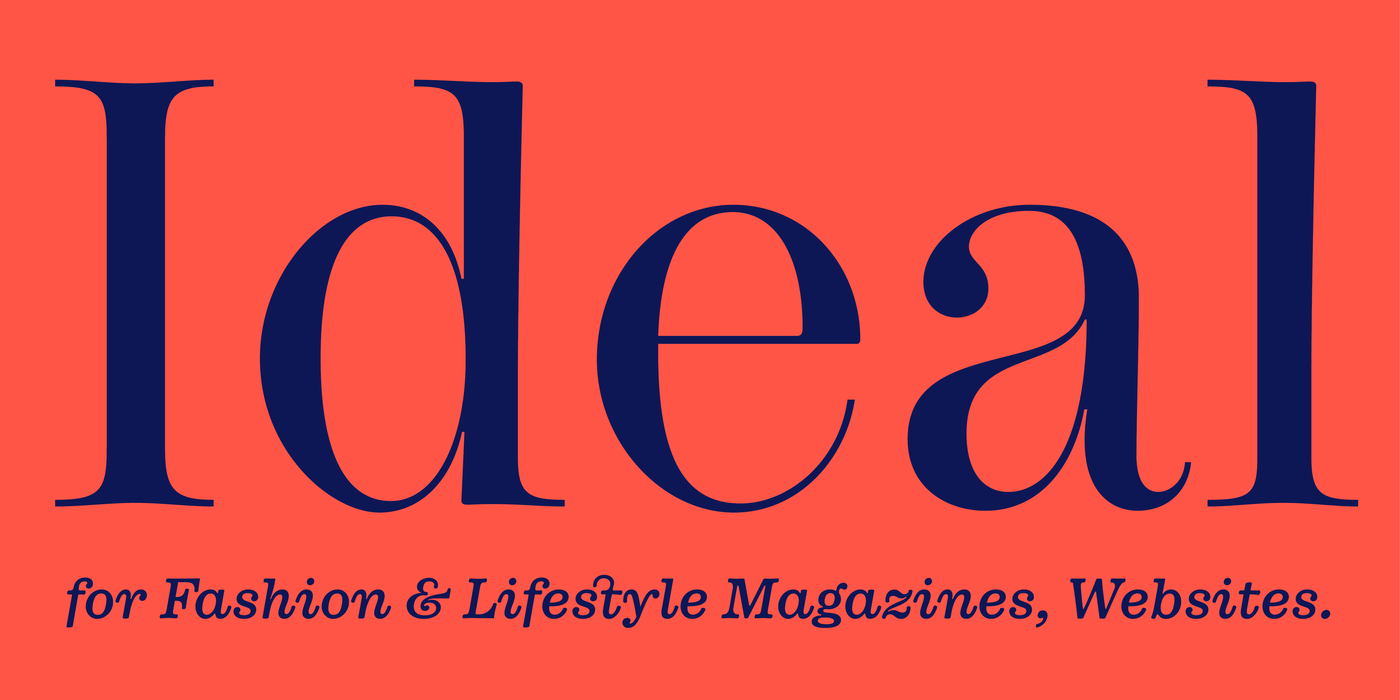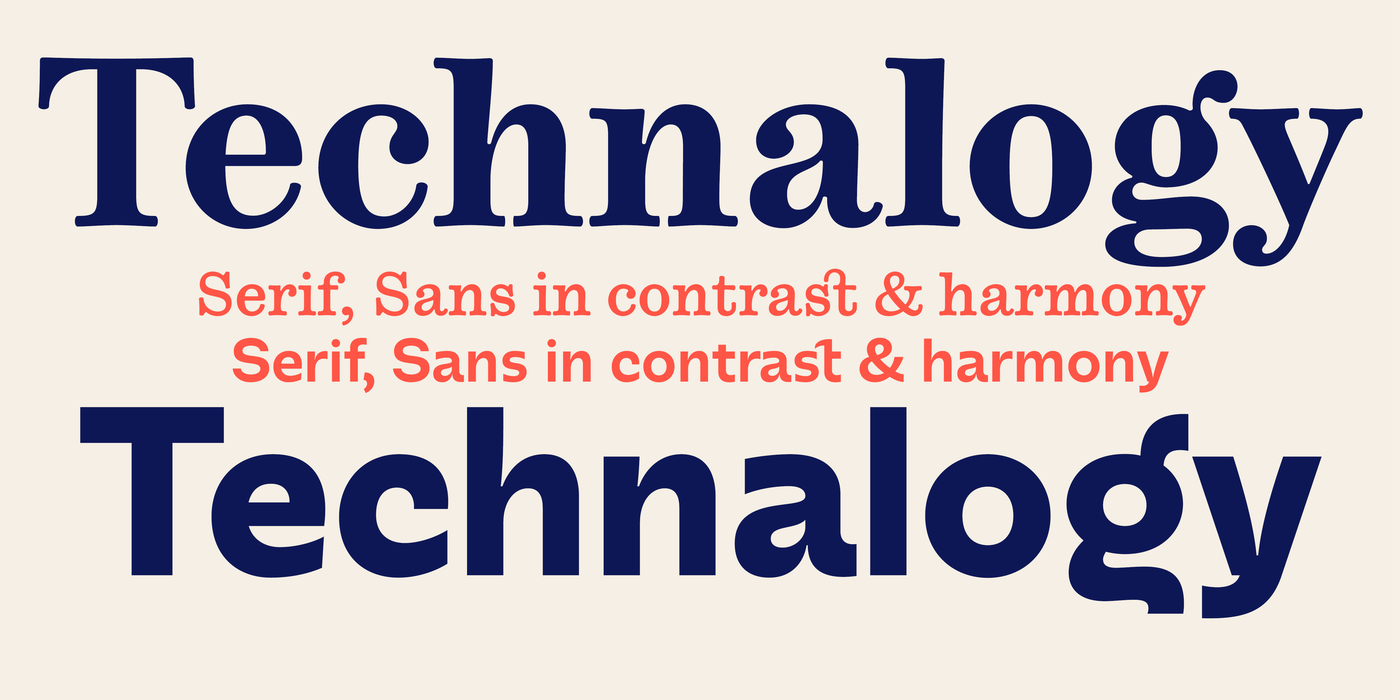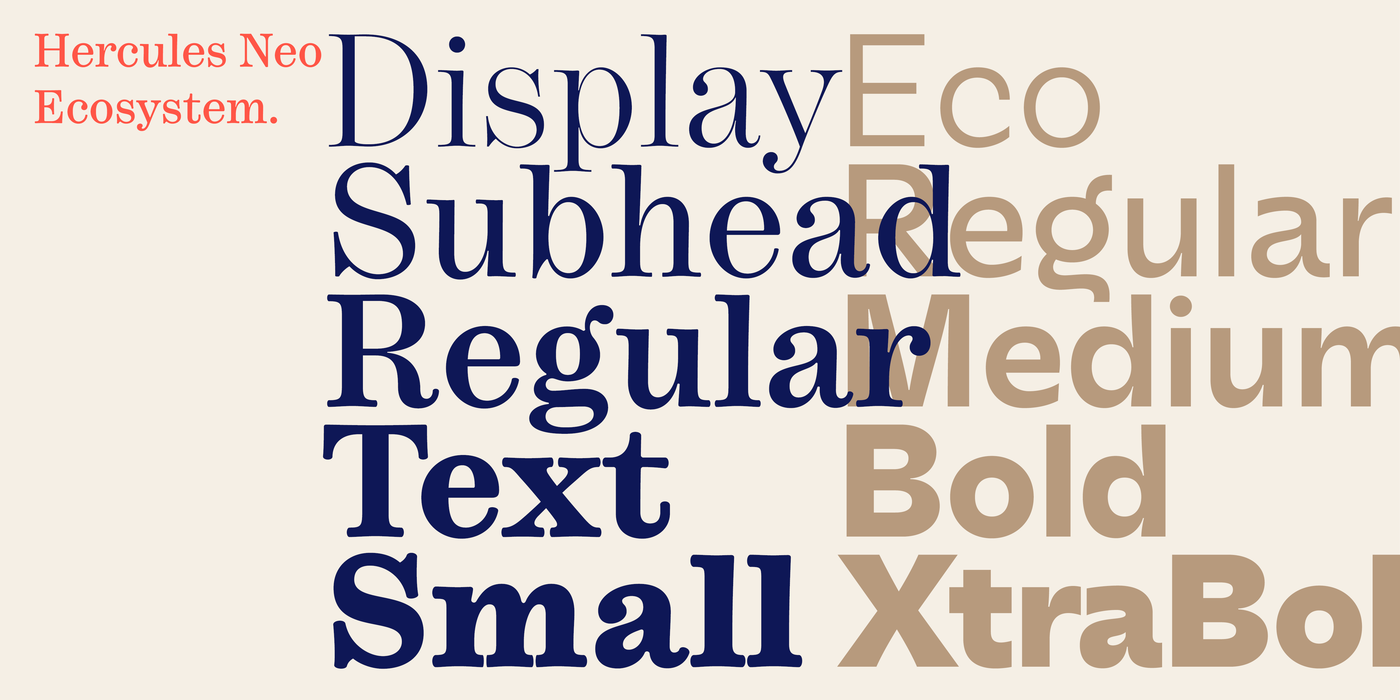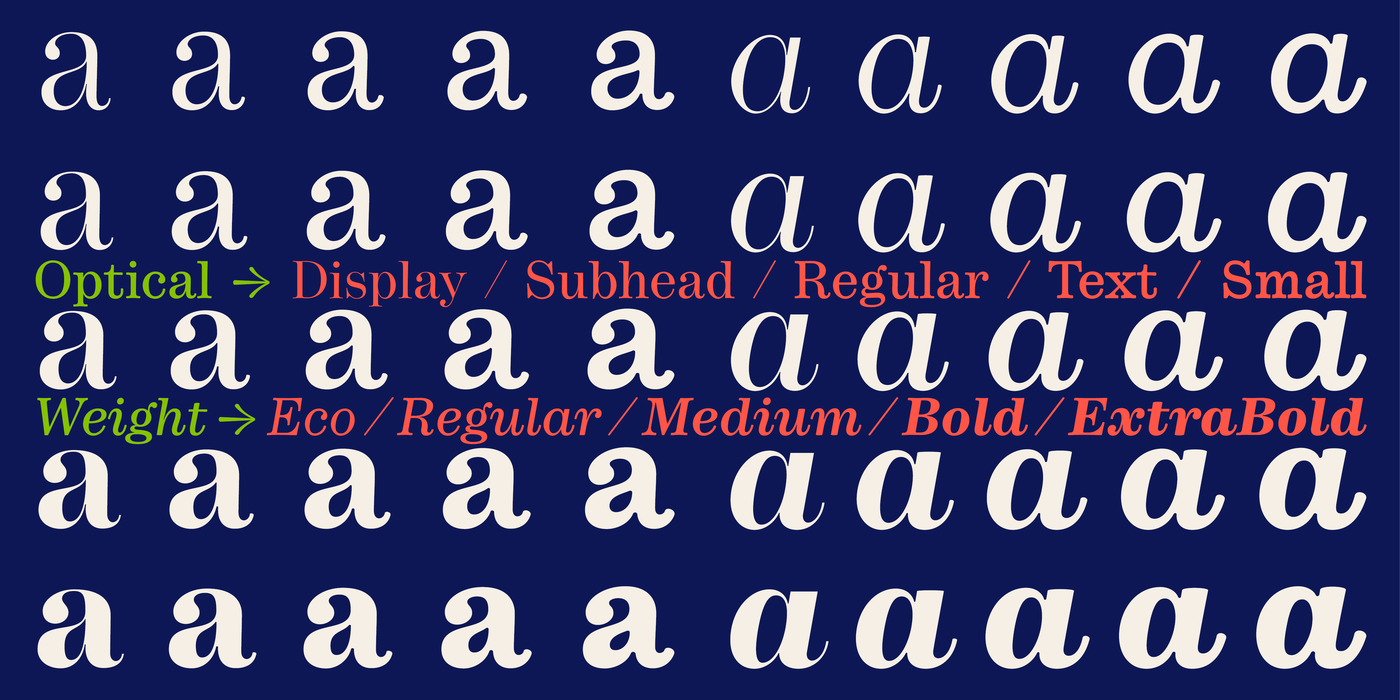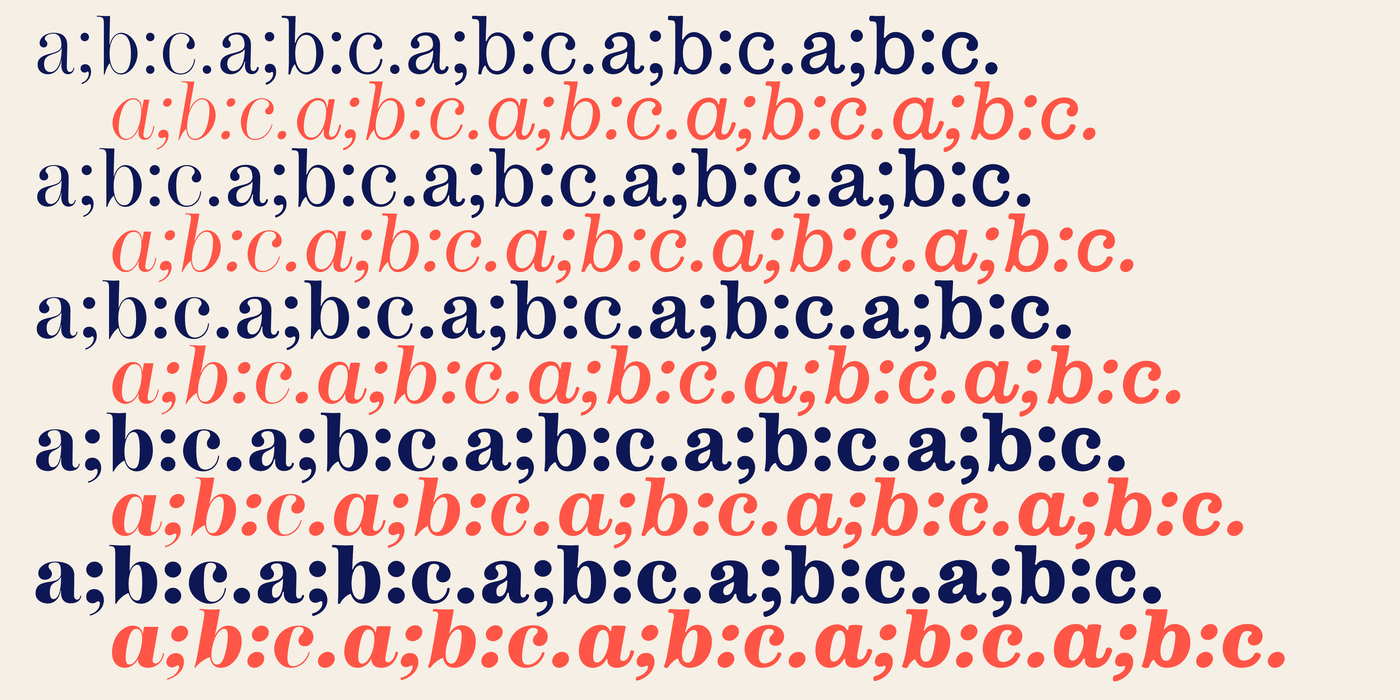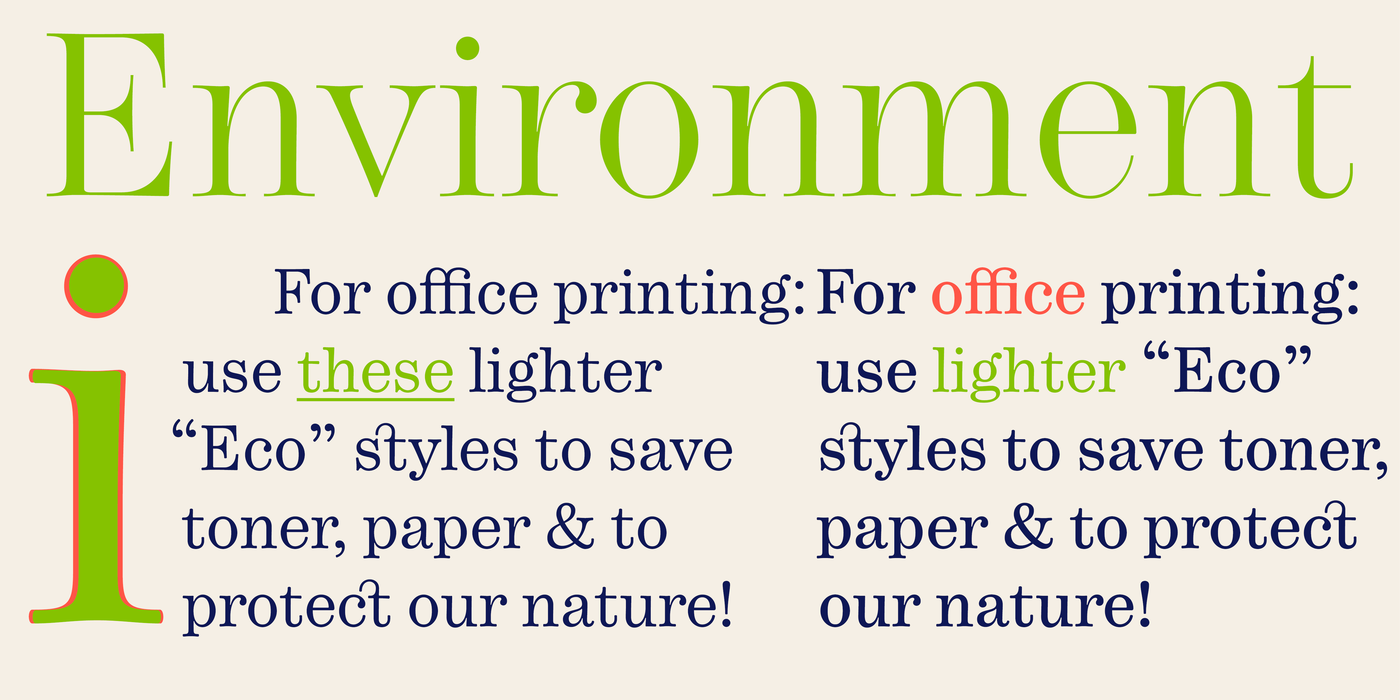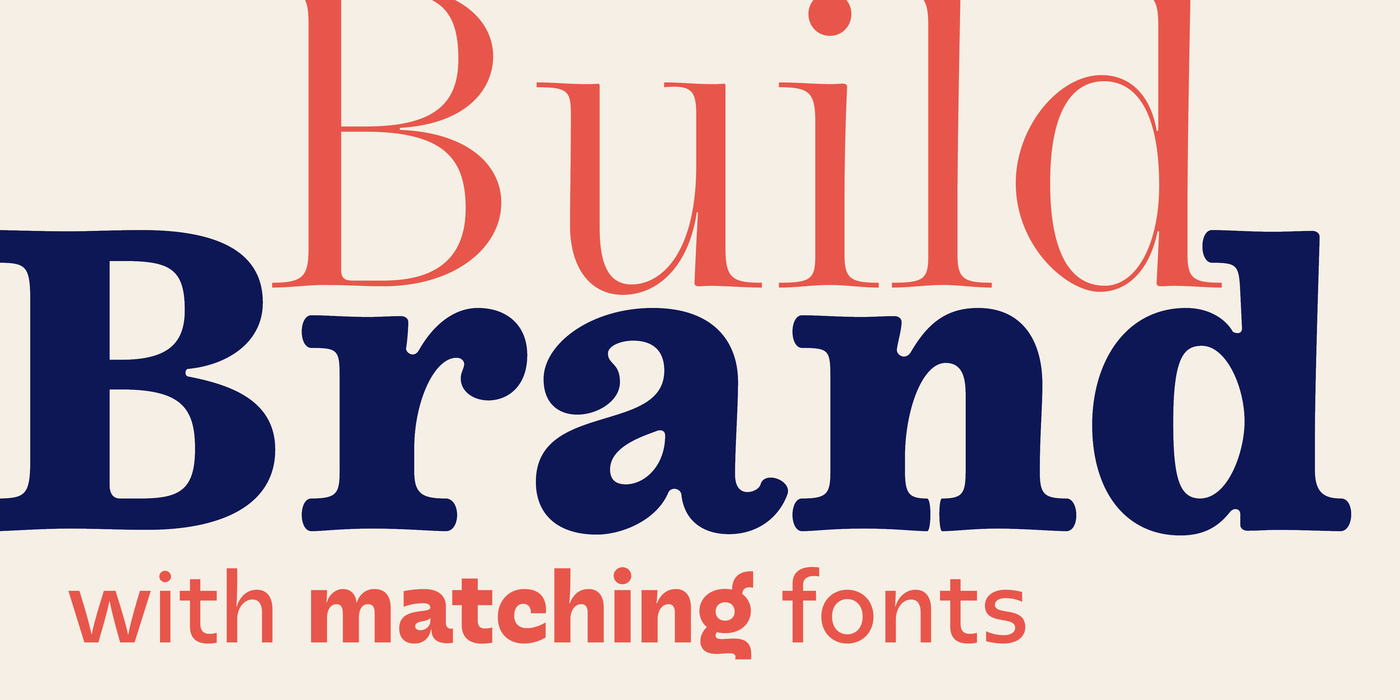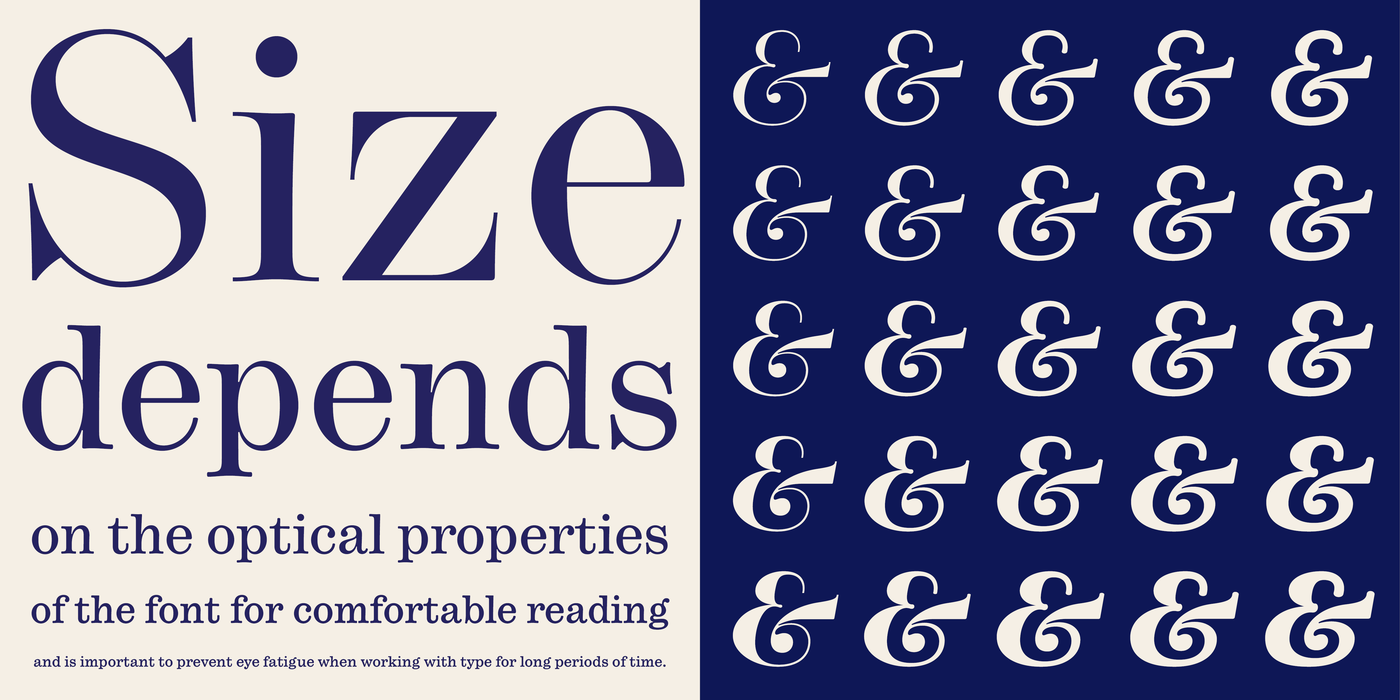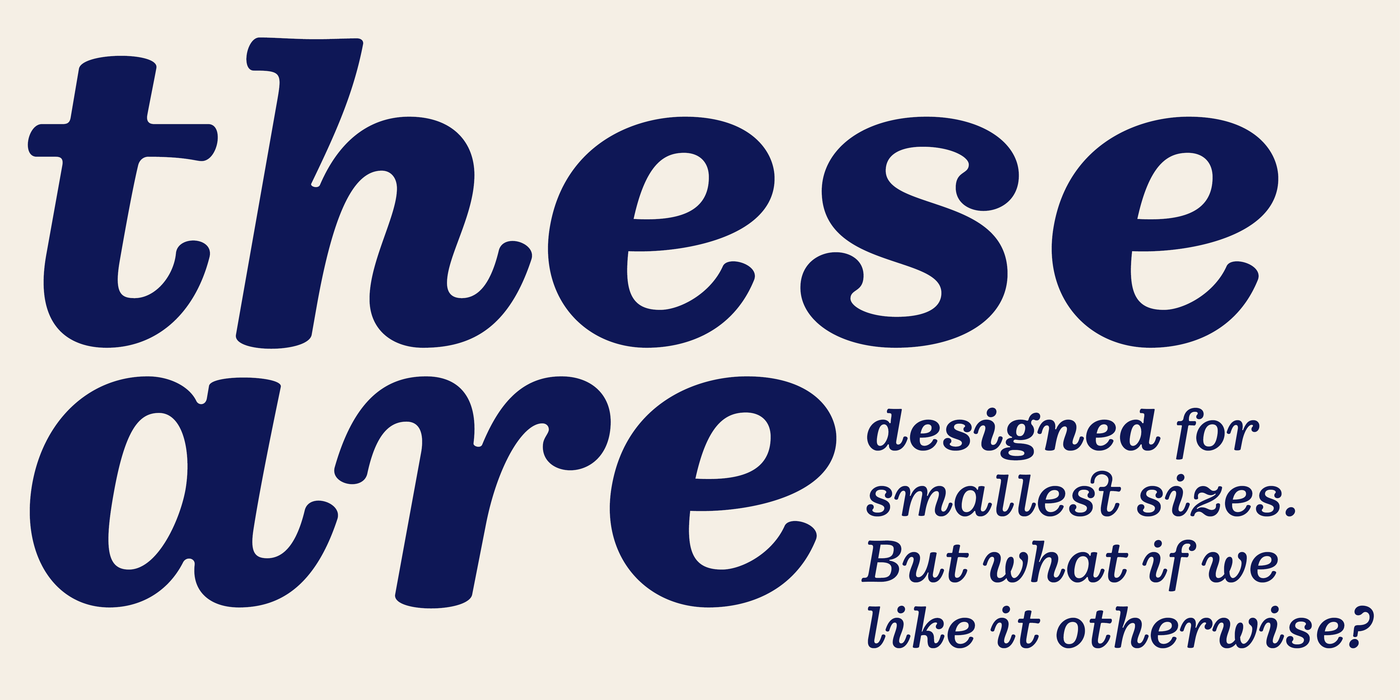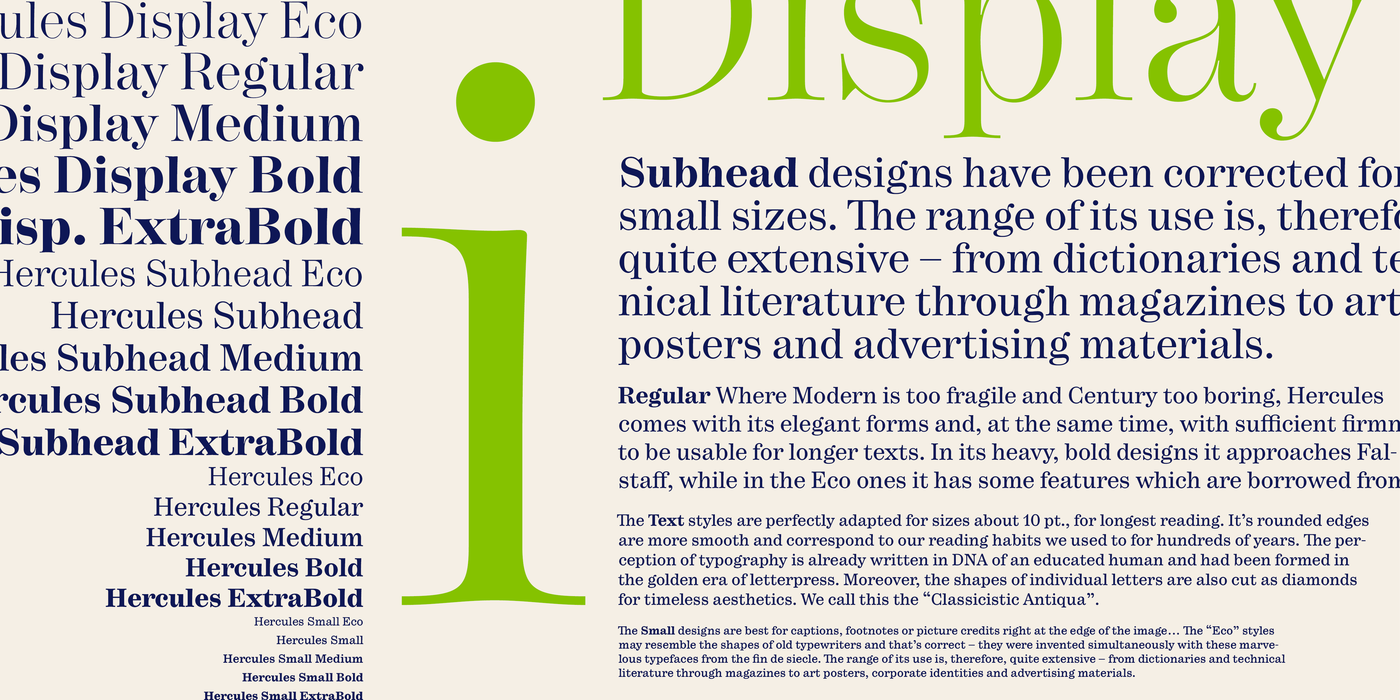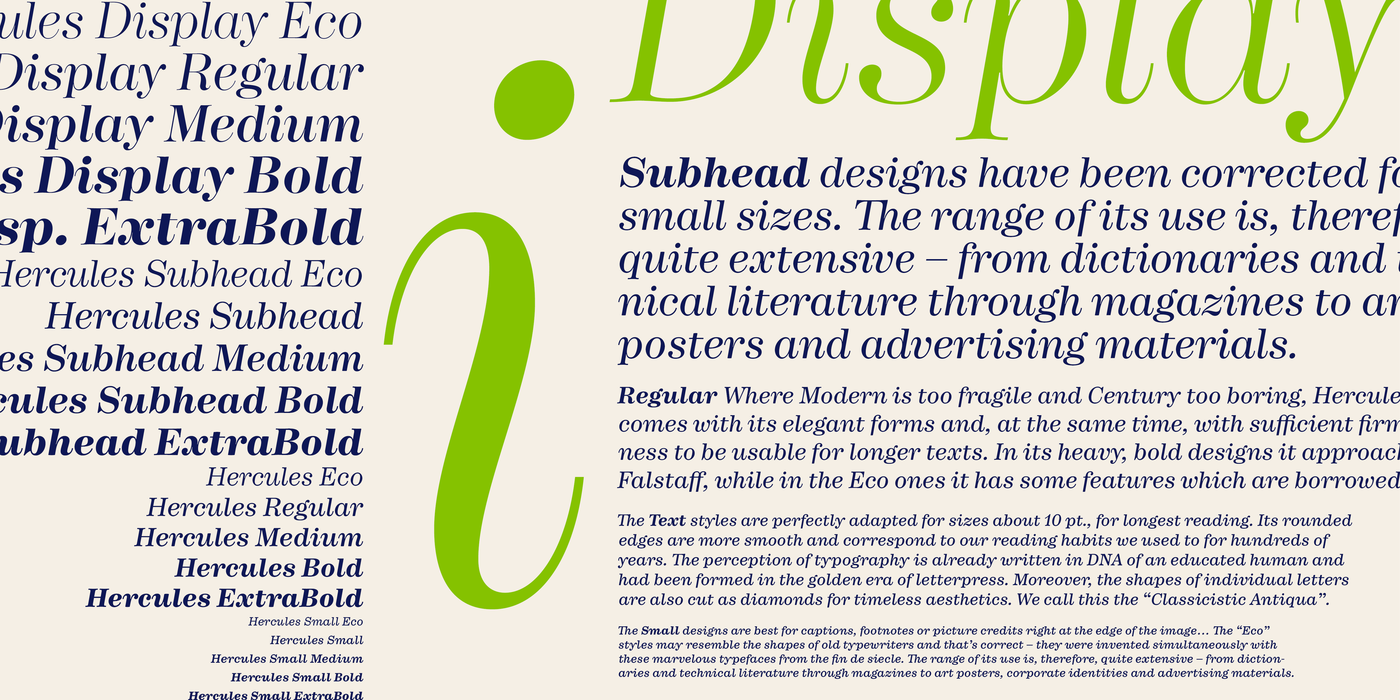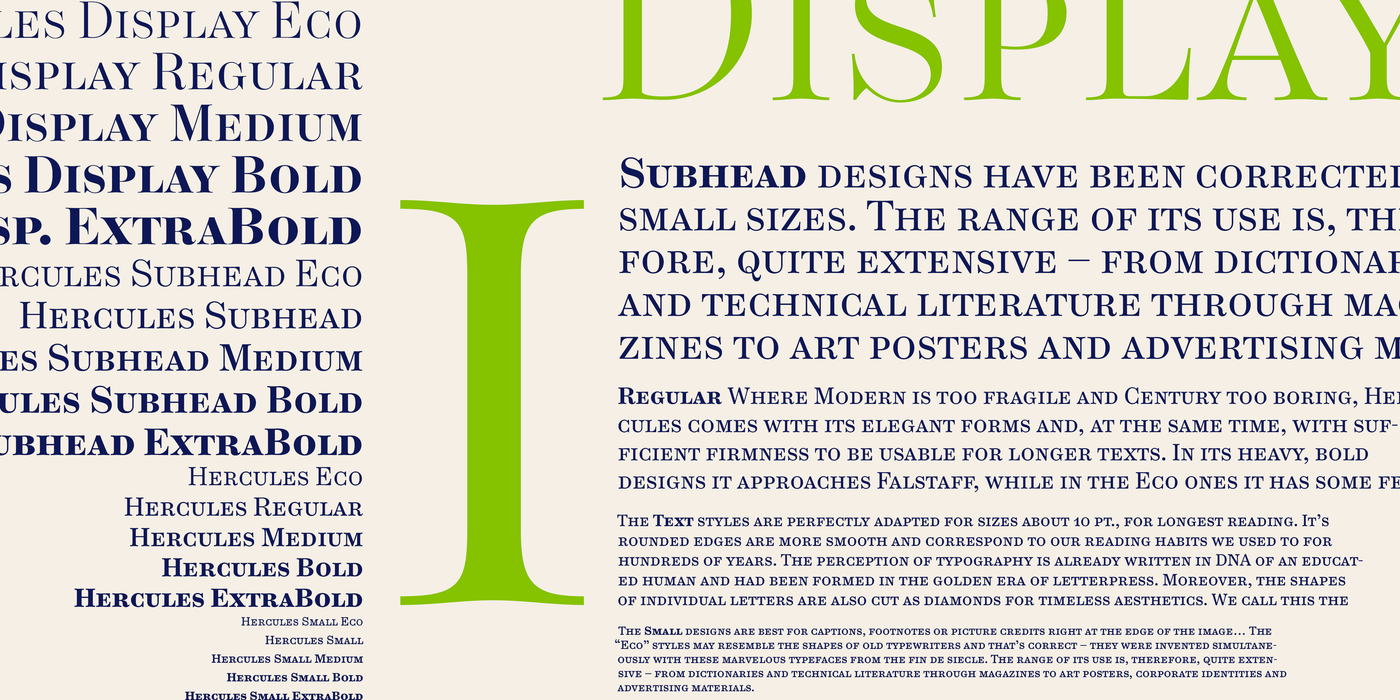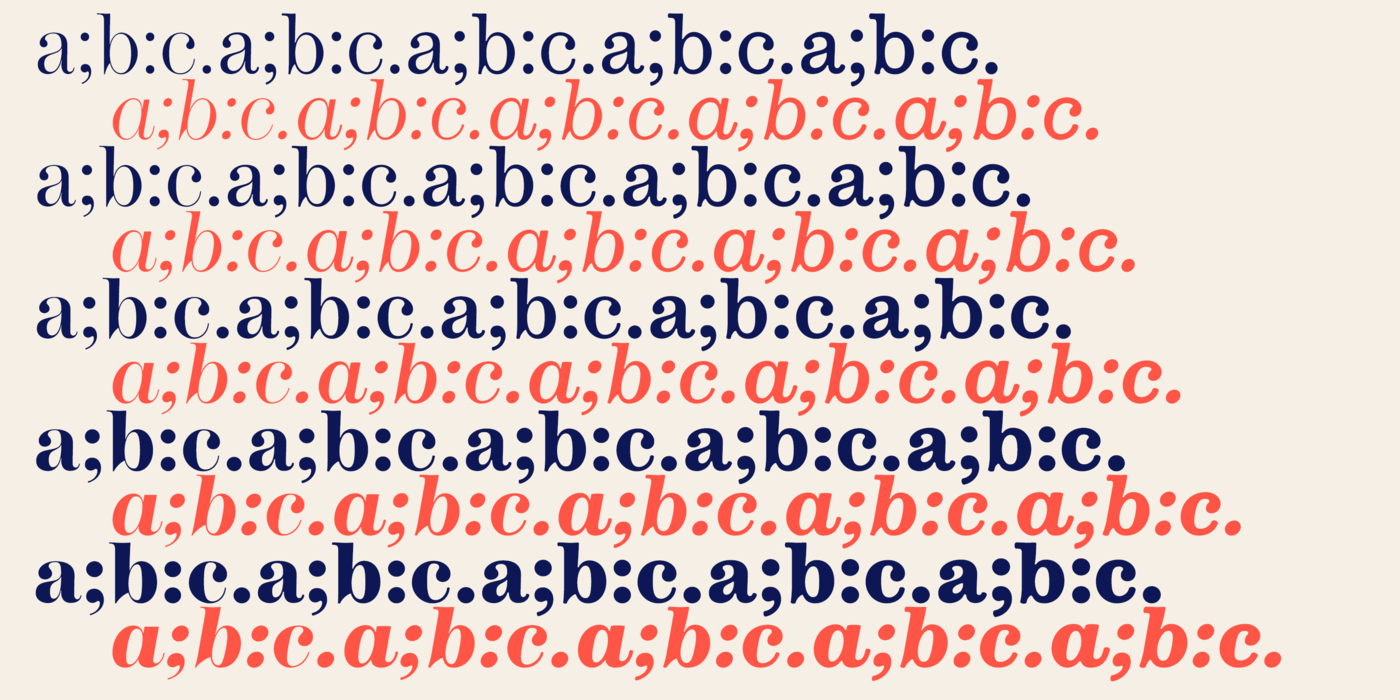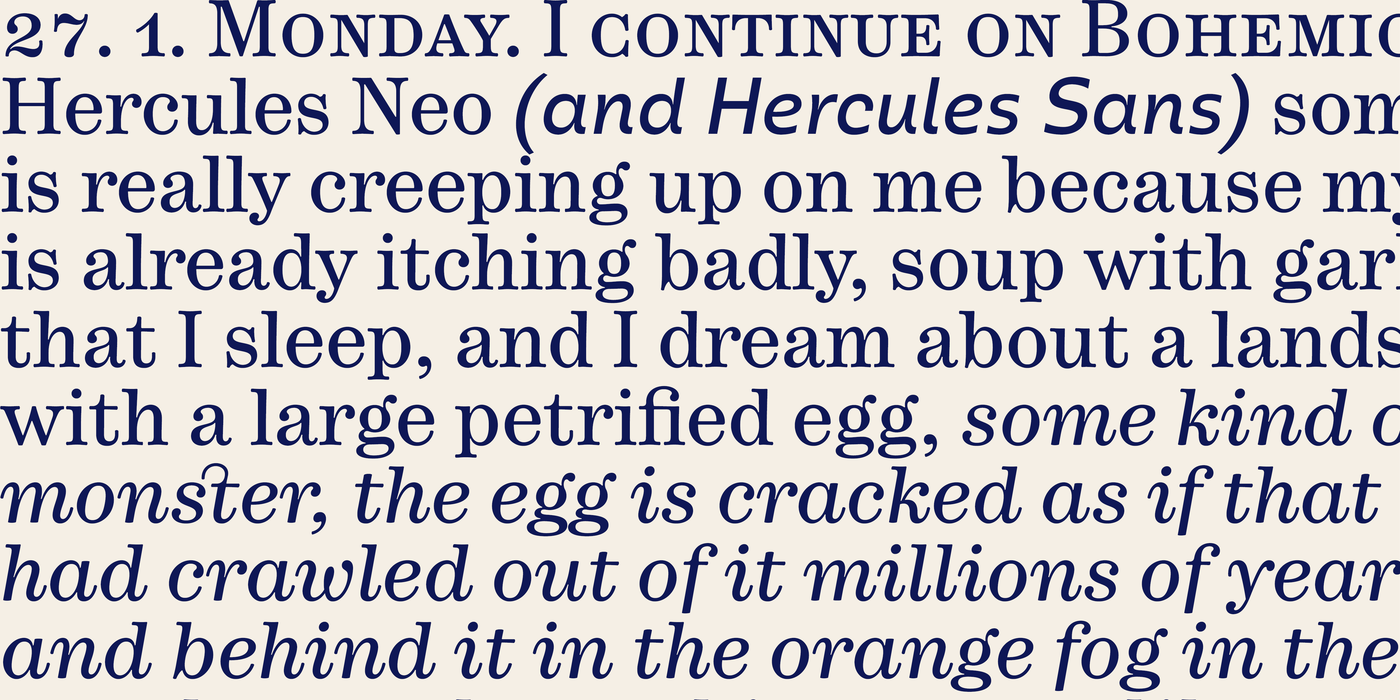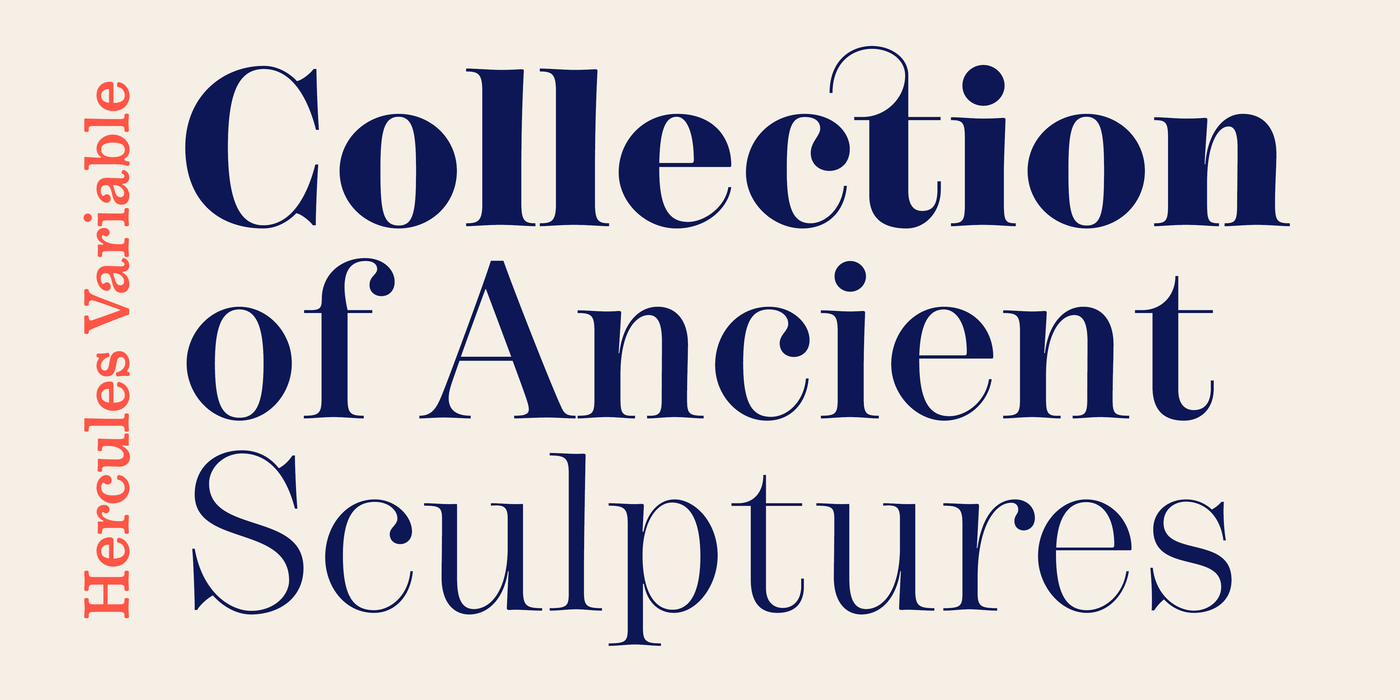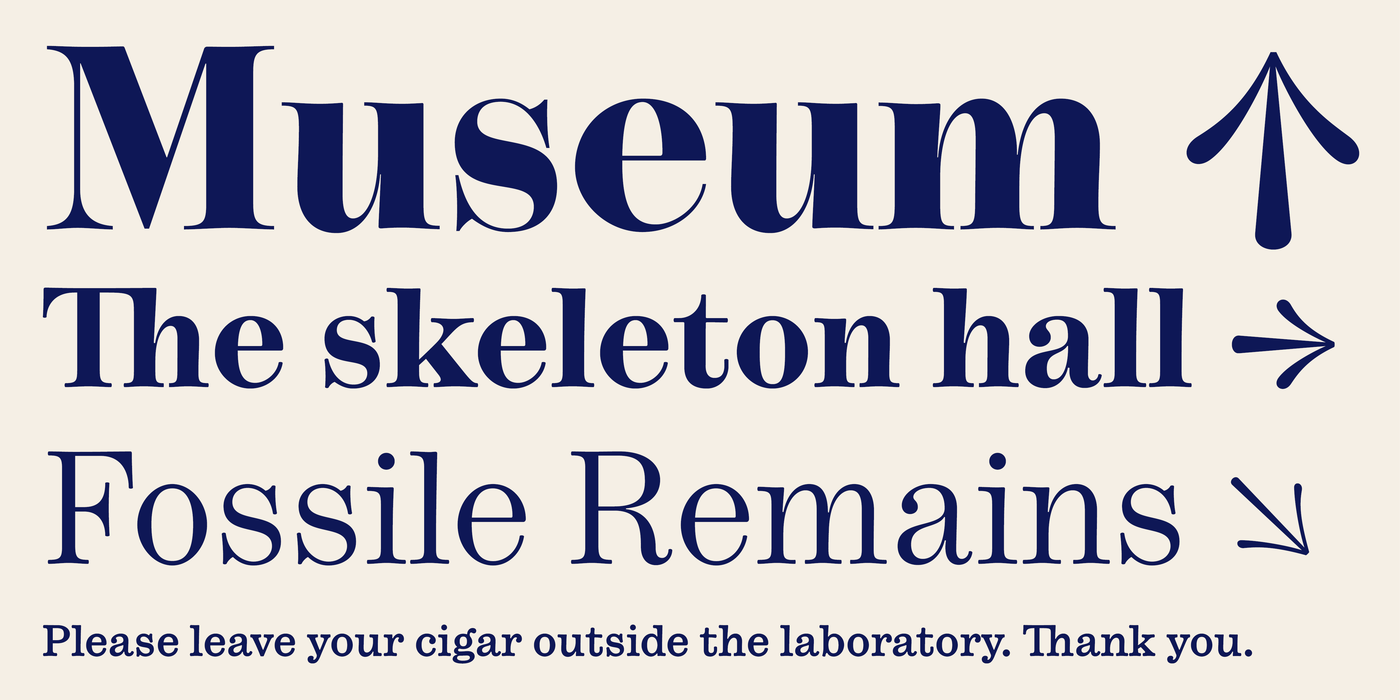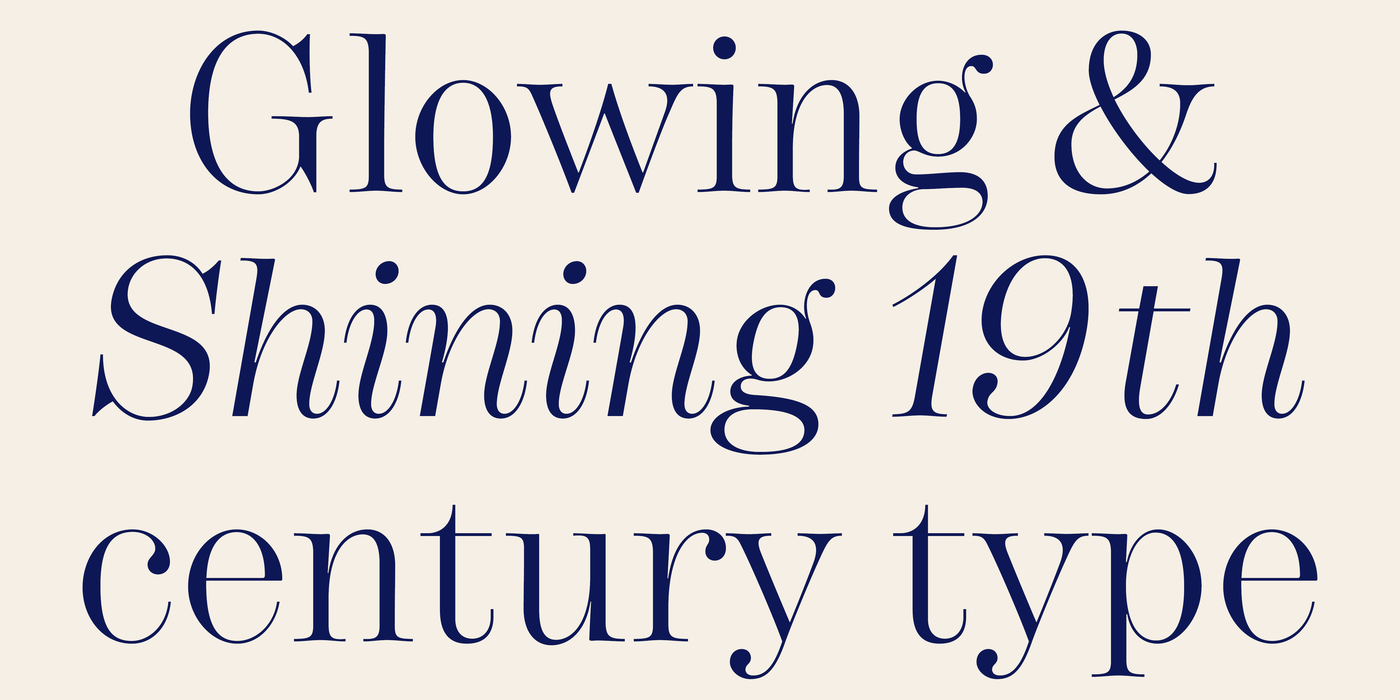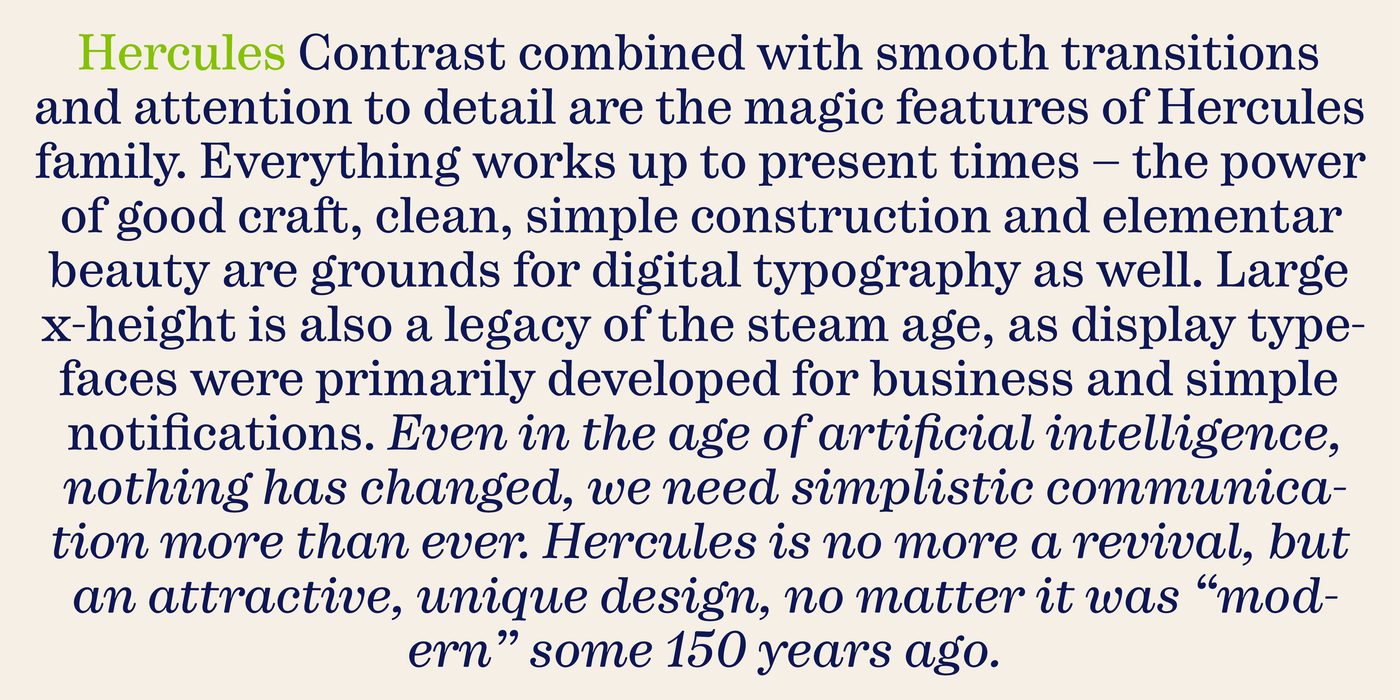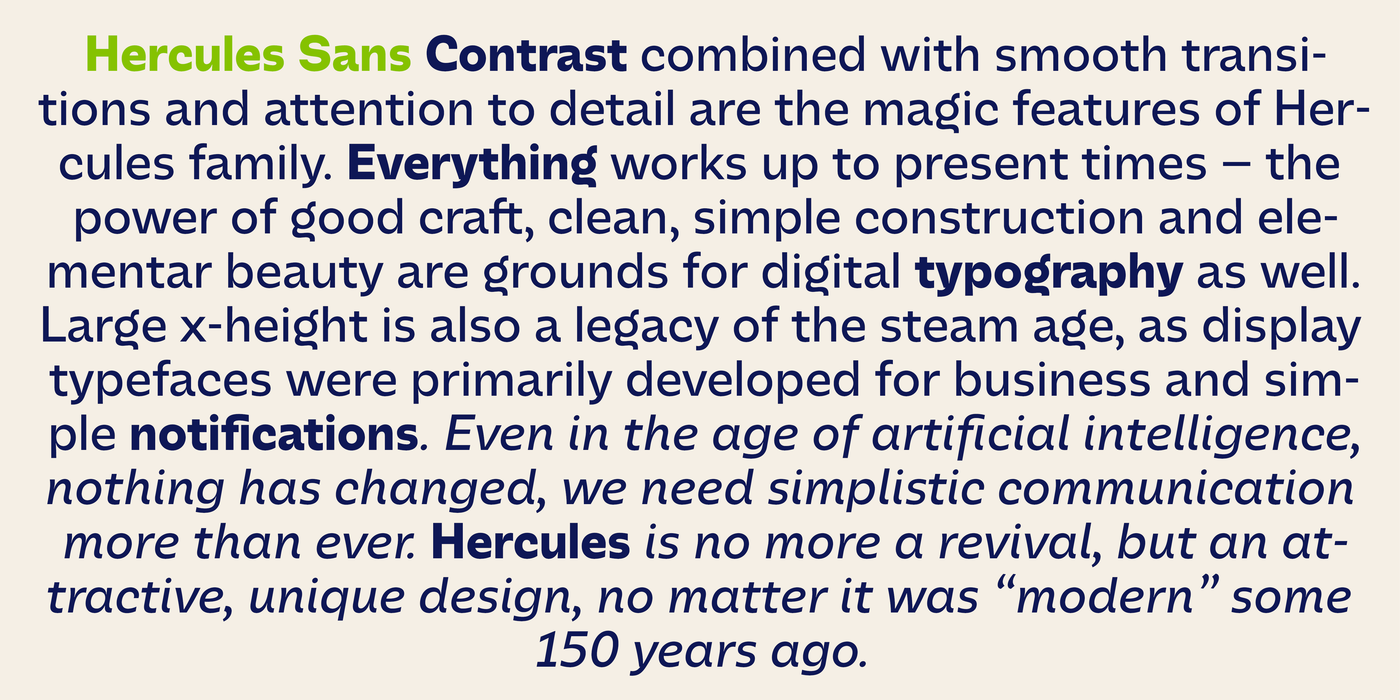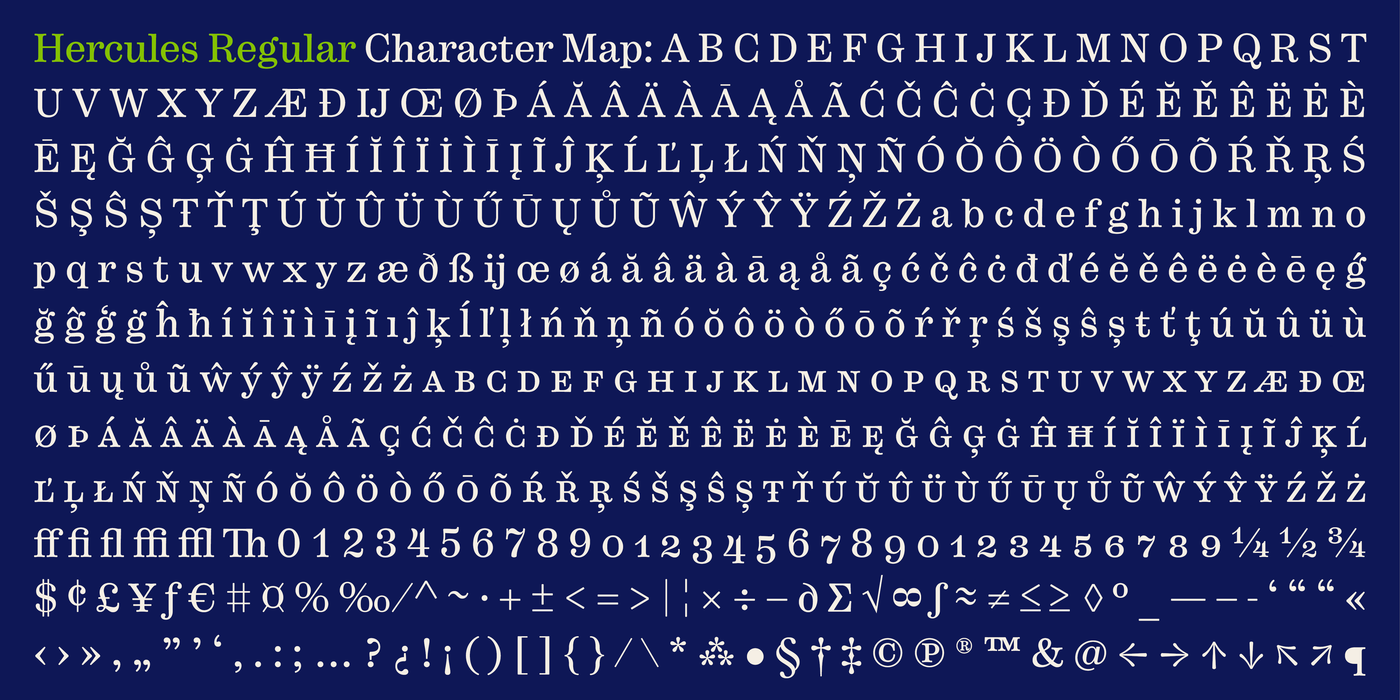Hercules
- Typefaces
- Gallery
Hercules
by František ŠtormThe iconic 19th century modern book superfonts. Contrast combined with smooth transitions and attention to detail are the magic features of Hercules family, coming from the letterpress era. Everything works up to present times – the power of good craft, clean, simple construction and elementar beauty are grounds for digital typography as well. Large x-height is also a legacy of the steam age, as display typefaces were primarily developed for the industrial revolution. Even in the age of artificial intelligence, nothing has changed, we need simple and easy communication more than ever. Hercules is no more a revival, but an attractive, unique design, no matter it was “modern” some 150 years ago. Subhead designs have been corrected for small sizes. Regular: where Modern is too fragile and Century too boring, Hercules comes with its elegant forms and, at the same time, with sufficient firmness to be usable for longer texts. In its heavy, bold designs it approaches Falstaff, while in the Eco ones it has some features which are borrowed from Didot. The Text styles are perfectly adapted for sizes of about 10 pt., for longest reading. Its rounded edges are more smooth and correspond to our reading habits we used to for hundreds of years. The perception of typography is already written in DNA of an educated human and had been formed in the golden era of letterpress. Moreover, the shapes of individual letters are also cut as diamonds for timeless aesthetics. We call this the “Classicistic Antiqua”. The Small designs are best for captions, footnotes or picture credits right at the edge of the image. The “Small Eco” styles may resemble the shapes of old typewriters and that’s correct – they were invented simultaneously with these marvelous typefaces. The range of its use is, therefore, quite extensive – from dictionaries and technical literature through lifestyle magazines to art posters, corporate identities and advertising materials.
Kontrast v kombinaci s hladkými přechody a smyslem pro detail, to jsou kouzelné rysy rodiny Hercules, čerpající z éry knihtisku. Vše funguje jako dřív – síla dobrého řemesla, čistá, jednoduchá konstrukce a elementární krása jsou základem i pro digitální typografii. Velká výška minusek je ovšem dědictvím věku páry, protože titulková písma byla primárně vyvinuta pro průmyslovou revoluci. Ani v době umělé inteligence se nic nezměnilo, snadnou a plynulou komunikaci potřebujeme více než kdy jindy. Hercules je i dnes atraktivním, jedinečným fontem, bez ohledu na to, že byl „moderní“ někdy před 150 lety. Velikost závisí na optických vlastnostech písma pro pohodlné čtení a je důležitá pro prevenci únavy očí. Ve svých tučných, odvážných řezech se blíží Falstaffu, zatímco v těch, pojmenovaných Eco, má vlastnosti podobné Didotu. Textové řezy jsou dokonale přizpůsobeny pro velikosti kolem 10 bodů, pro nejdelší čtení. Jeho zaoblené okraje jsou hladší a odpovídají našim čtenářským návykům, na které jsme byli zvyklí po stovky let. Vnímání typografie je již zapsáno v DNA vzdělaného člověka a dozrálo ve zlaté éře kovové sazby. Tvary jednotlivých písmen jsou navíc vybroušeny jako diamanty pro nadčasovou estetiku. Říkáme tomu „klasicistní antikva“. Řezy Small jsou nejlepší pro popisky, poznámky pod čarou nebo kredity přímo v okraji obrázku. Styly „Small Eco“ mohou připomínat tvary starých psacích strojů a je to tak – byly vynalezeny současně s těmito úžasnými stroji. Rozsah jeho využití je tedy poměrně široký – od slovníků a technické literatury přes módní časopisy až po umělecké plakáty, corporate identity a reklamní materiály.
